Name tags are an essential part of any professional or social event. Whether you’re attending a conference, networking event, or simply introducing yourself to a new colleague, a name tag helps to establish your identity and make a good first impression.
In this article, we’ll explore the various types of name tags available, discuss the importance of proper name tag etiquette, and offer tips for creating effective and eye-catching name tags. So whether you’re in need of name tags for a corporate event or simply want to make it easier for people to remember your name, this article has you covered.
Table of Contents
Name Tag Templates
Name tags serve as essential tools for identification and communication in various settings, such as conferences, events, offices, and schools. Name Tag Templates provide a convenient and efficient solution for creating personalized name tags that are visually appealing, consistent, and professional. This description will delve into the features, benefits, and customization options offered by Name Tag Templates, highlighting their versatility and user-friendly nature.
Name Tag Templates offer a versatile, customizable, and user-friendly solution for creating professional identification tools. With their wide range of design options, ease of customization, consistency, and time and cost efficiency, these templates are ideal for conferences, events, offices, schools, and any other setting where clear identification is necessary. By utilizing Name Tag Templates, you can streamline the process of creating visually appealing and personalized name tags, leaving a positive and lasting impression on your attendees or employees.
What is a Name Tag?
![Free Printable Name Tag Templates [Word] with Picture +Ideas 1 Name Tag](https://www.typecalendar.com/wp-content/uploads/2023/06/Name-Tag-1024x585.jpg 1024w, https://www.typecalendar.com/wp-content/uploads/2023/06/Name-Tag-300x171.jpg 300w, https://www.typecalendar.com/wp-content/uploads/2023/06/Name-Tag-768x439.jpg 768w, https://www.typecalendar.com/wp-content/uploads/2023/06/Name-Tag.jpg 1050w)
A name tag is a small piece of identification that is worn on a person’s clothing and displays their name. Name tags are often used at events such as conferences, trade shows, and meetings to help people identify and remember each other’s names. They can be made of a variety of materials, such as plastic, metal, or paper, and can be attached to clothing in various ways, such as with a pin, clip, or adhesive backing. In addition to displaying a person’s name, name tags may also include other information, such as a company logo or job title.
The Importance of Name Tags
Name tags are important for a variety of reasons. Here are a few:
They help people identify and remember each other: Name tags make it easy for people to introduce themselves and learn each other’s names. This is especially important in situations where there are many people, such as at a conference or networking event.
They establish professional credibility: Wearing a name tag shows that you are a professional and take your job seriously. It also helps people to know who you are and what your role is within an organization.
They facilitate communication: Name tags help to break the ice and make it easier for people to start conversations with each other.
They promote a sense of community: Name tags help people feel like they are part of a group or community, and can encourage a sense of belonging.
They create a welcoming atmosphere: Wearing a name tag shows that you are approachable and willing to engage with others. This can help to create a friendly and welcoming atmosphere at events or in the workplace.
They improve customer service: In a customer-facing role, wearing a name tag can help to personalize interactions and make customers feel more comfortable and valued.
They improve security: In some settings, such as schools or hospitals, wearing a name tag can help to improve security by clearly identifying staff and visitors.
They can increase brand awareness: If a name tag includes a company logo or branding, it can help to increase brand awareness and promote a professional image.
They can be used for marketing: Name tags can be a useful marketing tool, especially at trade shows or other events where you are trying to promote your business or products.
Overall, name tags serve a variety of important functions and can be a valuable tool in both professional and social settings.
Who uses name tags?
Name tags are used by a wide variety of people and organizations in many different settings. Here are a few examples:
Businesses and organizations: Many businesses and organizations require their employees to wear name tags as part of their uniform or professional attire. This is especially common in customer-facing roles, such as retail, hospitality, and healthcare.
Conference and event organizers: Name tags are often used at conferences, trade shows, and other events to help attendees identify and remember each other’s names.
Schools and universities: Name tags are often worn by students, teachers, and staff in schools and universities to help identify and connect with each other.
Hospitals and healthcare facilities: Name tags are commonly worn by healthcare professionals, such as doctors, nurses, and technicians, to help identify and communicate with patients and colleagues.
Social groups and clubs: Name tags can be used by social groups and clubs, such as churches, sports teams, and volunteer organizations, to help members identify and connect with each other.
Government agencies: Many government agencies, such as law enforcement, require their employees to wear name tags as part of their uniform or professional attire. This can help to identify and communicate with the public.
Tour operators: Tour operators and guides often wear name tags to help identify themselves and make it easier for tourists to ask questions or get assistance.
Receptionists and customer service professionals: Receptionists and customer service professionals often wear name tags as part of their uniform or professional attire to help identify themselves and make it easier for customers to ask questions or get assistance.
Volunteers: Volunteers at events or organizations may wear name tags to help identify themselves and communicate with attendees or staff.
Event planners: Event planners and coordinators may wear name tags at events they are planning or managing to help identify themselves and make it easier for attendees to ask questions or get assistance.
Generally, name tags are used by a wide range of people and organizations in many different settings to help identify and communicate with each other.
Types of name tags
There are many different types of name tags available, and the best type for you will depend on your needs and preferences. Here are a few common types of name tags:
Plastic name tags: Plastic name tags are durable and resistant to wear and tear, making them a popular choice for frequent use. They can be printed with text and graphics, and can be attached to clothing with a pin, clip, or adhesive backing.
Metal name tags: Metal name tags are more formal and professional than plastic name tags, and are often used in corporate settings. They can be engraved with text and graphics, and can be attached to clothing with a pin or clip.
Paper name tags: Paper name tags are a low-cost option that can be printed with text and graphics. They can be attached to clothing with a pin, clip, or adhesive backing, but are not as durable as plastic or metal name tags.
Magnetic name tags: Magnetic name tags use a strong magnet to attach to clothing, making them easy to put on and take off. They are a good choice for people who do not want to damage their clothing with pins or clips.
Reusable name tags: Reusable name tags can be used multiple times and are a good choice for organizations that need to produce name tags on a regular basis. They can be made of plastic, metal, or paper, and can be printed with text and graphics using a special printer or engraving machine.
Digital name tags: Digital name tags are a relatively new type of name tag that uses a small screen to display text and graphics. They can be programmed to display a person’s name and other information, such as a company logo or job title. Digital name tags are a good choice for organizations that want to use technology to enhance their name tags.
Lanyard name tags: Lanyard name tags are a type of name tag that is worn around the neck on a lanyard. They are often used at events and conferences to make it easy for people to display their name and other information. Lanyard name tags can be made of plastic, metal, or paper, and can be printed with text and graphics.
Button name tags: Button name tags are a type of name tag that is worn as a pin or button on clothing. They are a low-cost and simple option that can be made of paper or plastic and printed with text and graphics.
Sticker name tags: Sticker name tags are a type of name tag that is made of adhesive material and can be attached directly to clothing. They are a good choice for one-time use and are often used at events and parties.
Custom name tags: Custom name tags are name tags that are made to order based on the specific needs and preferences of the user. They can be made of any material and can be printed with a wide range of text and graphics. Custom name tags are a good choice for organizations that want to create unique and personalized name tags.
How to Make Name Tags in Microsoft Word
Creating a name tag template in Word is a simple process that allows you to customize your name tags to meet your specific needs.
- To create a name tag template in Microsoft Word, follow these steps:
- Open Microsoft Word and click on the “File” menu.
- Select “New” from the menu. This will open a new document.
- In the search bar at the top of the window, type “name tag” and press enter. This will bring up a list of name tag templates that you can choose from.
- Select the name tag template that you want to use and click on the “Create” button. This will open the template in a new document.
- Customize the template by adding your own text and graphics. You can do this by clicking on the text or graphic that you want to edit and typing in your own content.
- Save the template by clicking on the “File” menu and selecting “Save As.” Give the template a name and choose a location to save it.
- To create a new name tag using the template, open the template and click on the “File” menu. Select “New” from the menu, and then select “Create from existing.” This will open a new document based on the template that you created.
FAQs
How do I create a name tag template in Word?
Open a blank Word document, select the insert tab, click on ‘Text Box’ and drag to create a box for the name. Adjust font size, style, and alignment. Add additional text boxes for a logo or other details. Save as a Word template for reuse.
How do I create a custom name tag?
Customize a name tag template in Word by changing the font, size, color scheme, adding a logo or graphic, including custom fields like pronouns, job title, etc. Adjust layout and spacing to preference. Save edited versions as new templates.
How do I make a sheet of name tags?
Create a table in Word with desired number of rows and columns for tags needed. Insert formatted text boxes into each cell, adjust spacing as needed. Print on sheets of label paper that aligns with table layout.
What is the size format of a name tag?
Name tag size can vary greatly. Common options are 2×3 inches for small name-only tags, 2×4 inches for vertically oriented tags, or 3×4 inches for tags with more fields. Refer to template dimensions or label sheets for sizing guidance.
What is the best type of paper to print name tags on?
Name tags print best on matte finish cardstock or specialty label sheets designed for name tags. These provide durability and allow for easy peeling of self-adhesive tags. Standard paper works too but may rip easily.
How can I quickly duplicate a name tag template for multiple people?
Create your template with formatting and styles as desired. Then type a list of names, each on a separate line, in a new Word doc. Select all the names and go to Mailings > Select Recipients > Use an Existing List. Choose your name list and insert the name tag template fields. This will quickly generate customized name tags for everyone

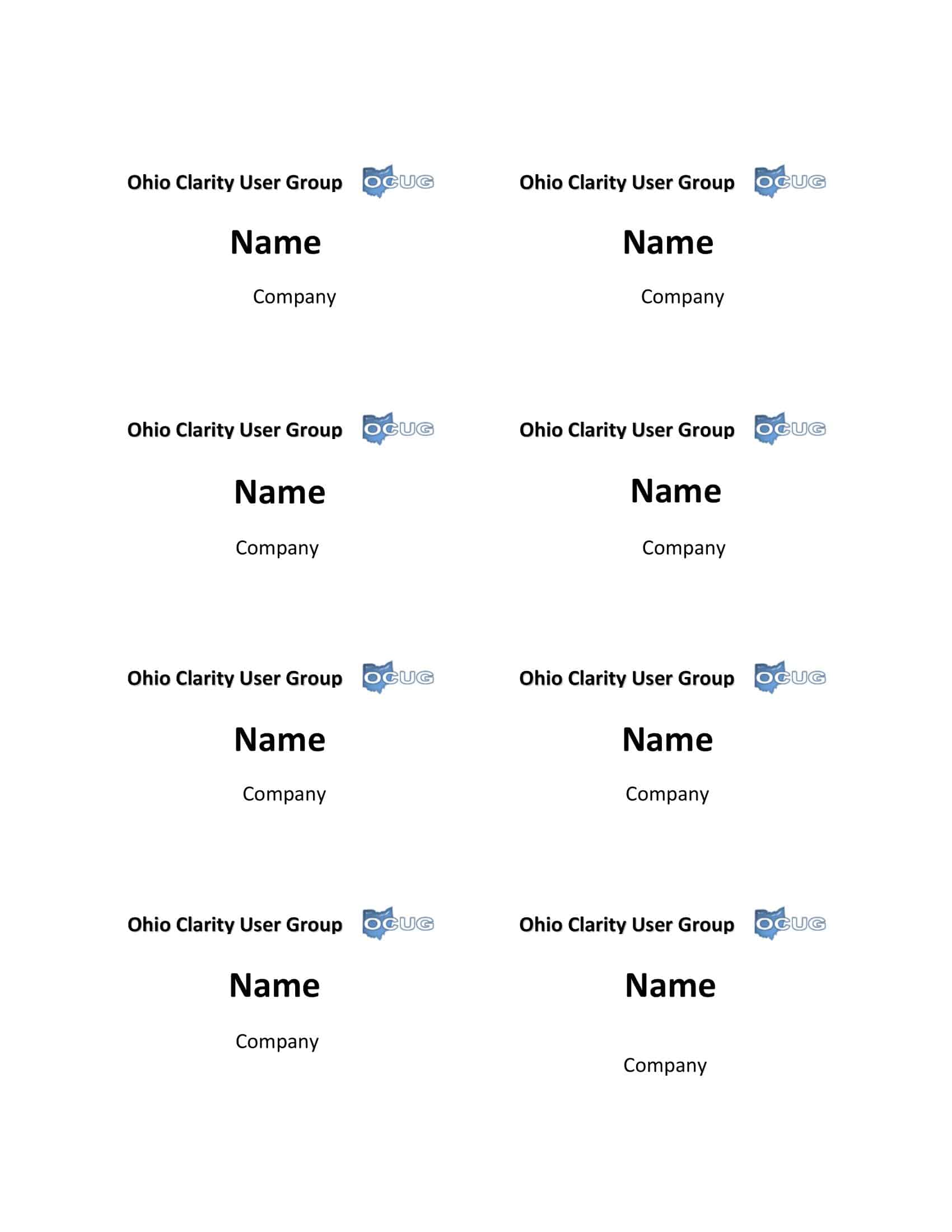
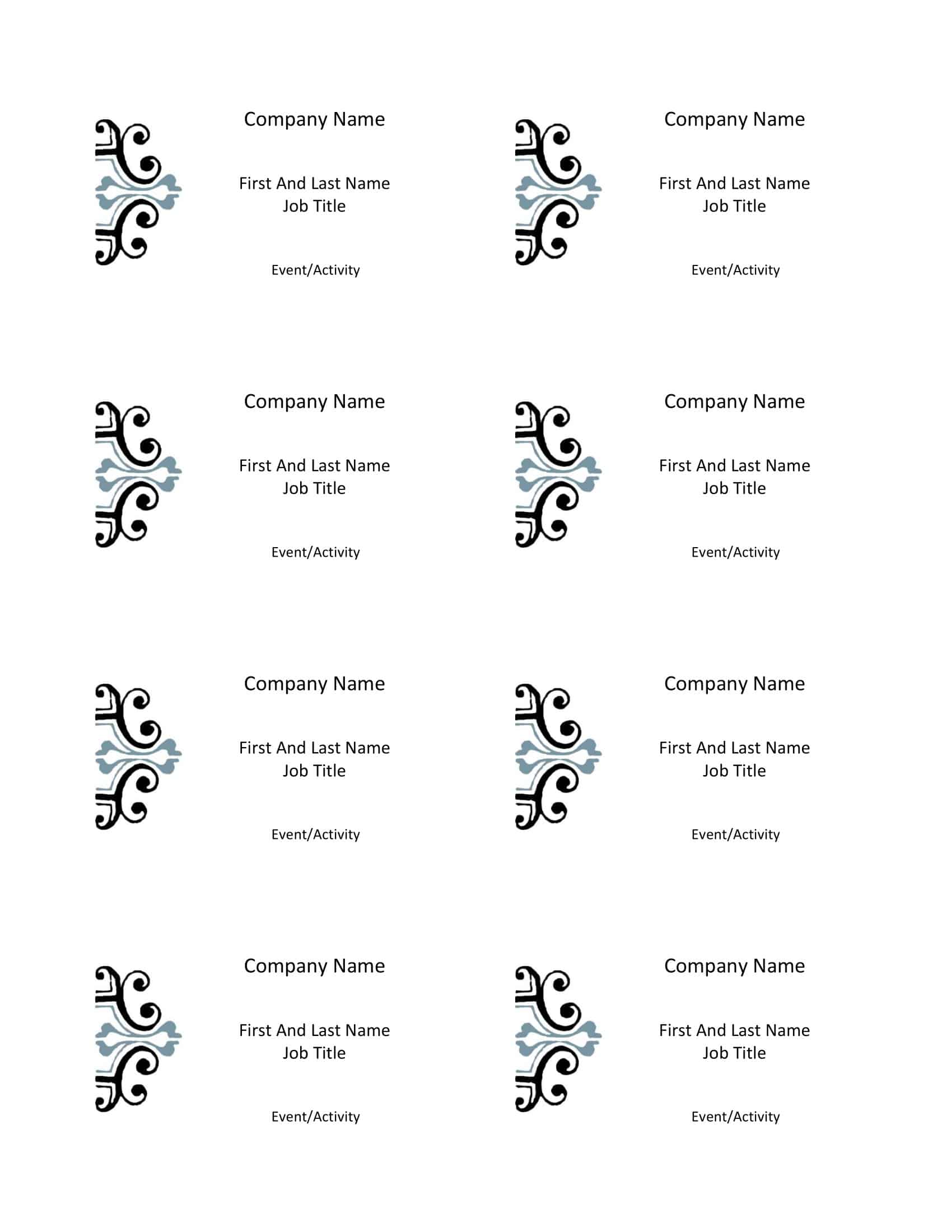



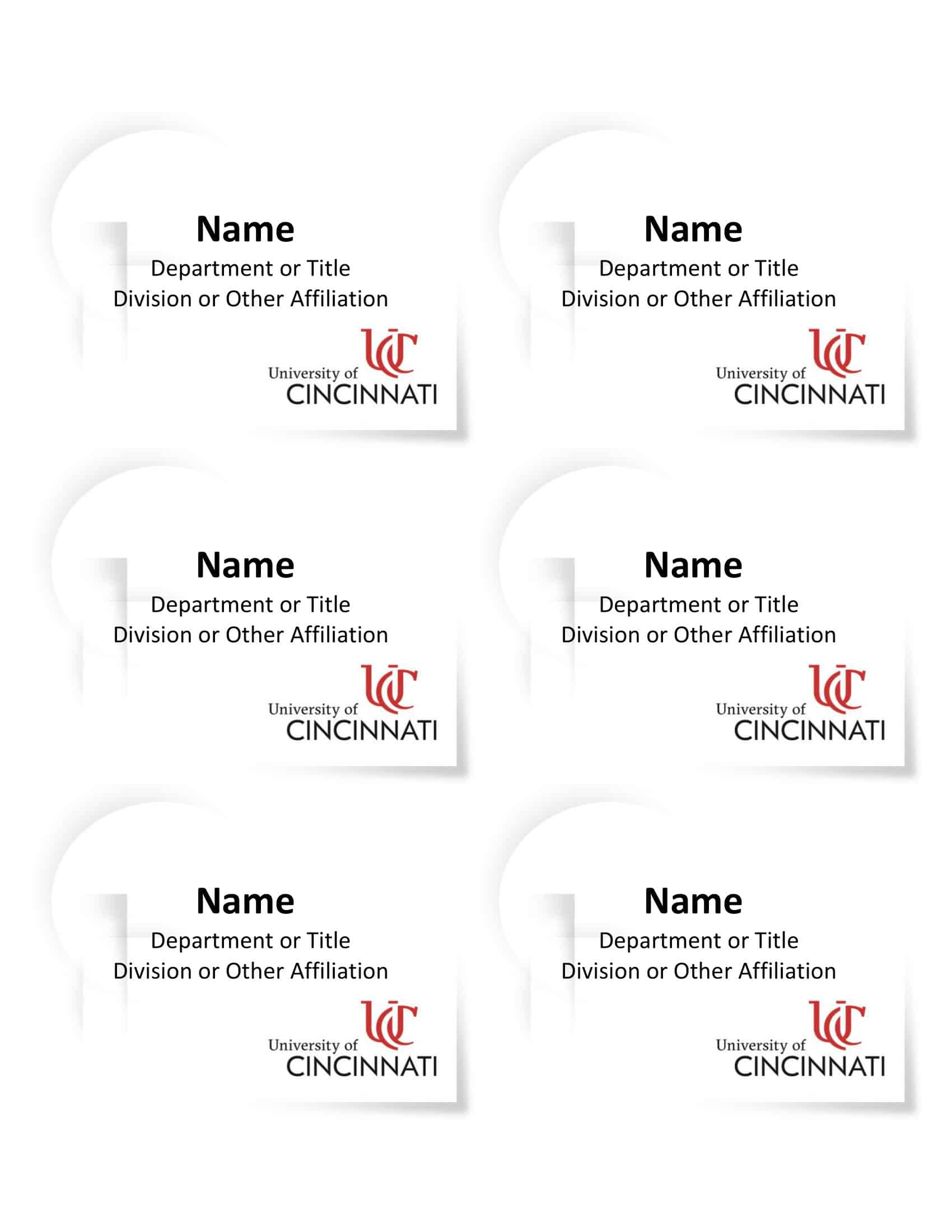



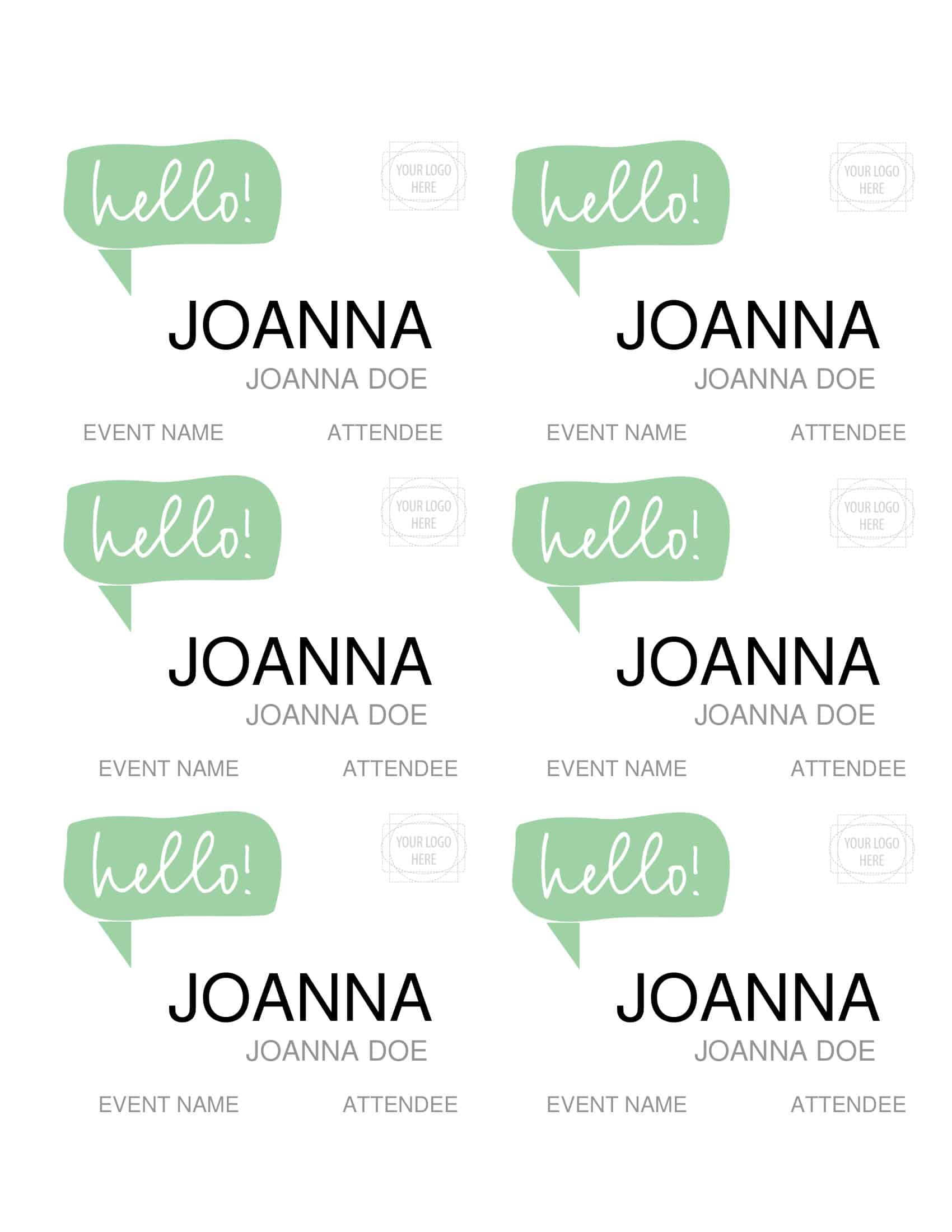
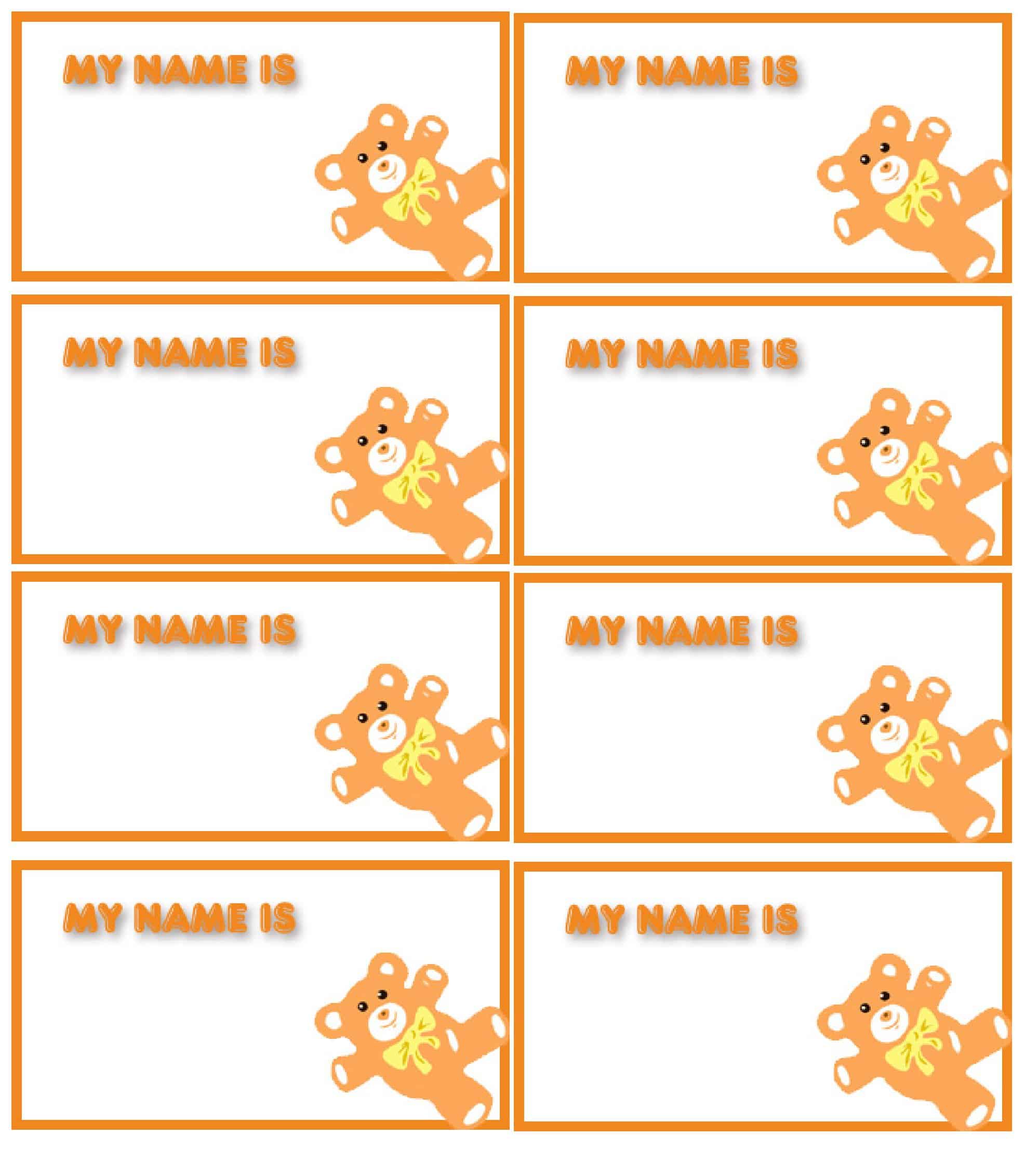






















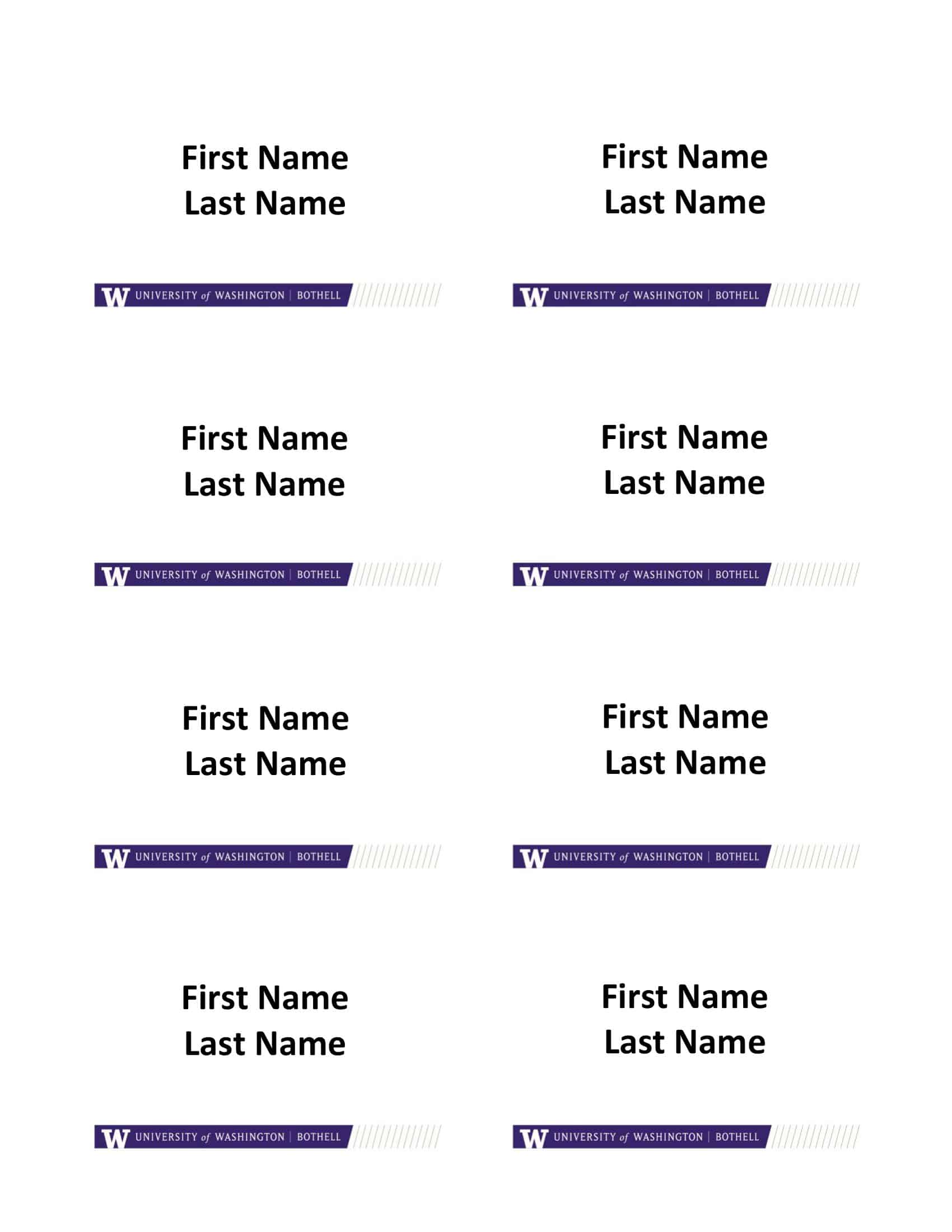
















![Free Printable Roommate Agreement Templates [Word, PDF] 2 Roommate Agreement](https://www.typecalendar.com/wp-content/uploads/2023/06/Roommate-Agreement-150x150.jpg)
![Free Printable Credit Card Authorization Form Templates [PDF, Word, Excel] 3 Credit Card Authorization Form](https://www.typecalendar.com/wp-content/uploads/2023/06/Credit-Card-Authorization-Form-150x150.jpg)
![Free Printable Stock Ledger Templates [Excel,PDF, Word] 4 Stock Ledger](https://www.typecalendar.com/wp-content/uploads/2023/08/Stock-Ledger-150x150.jpg)
